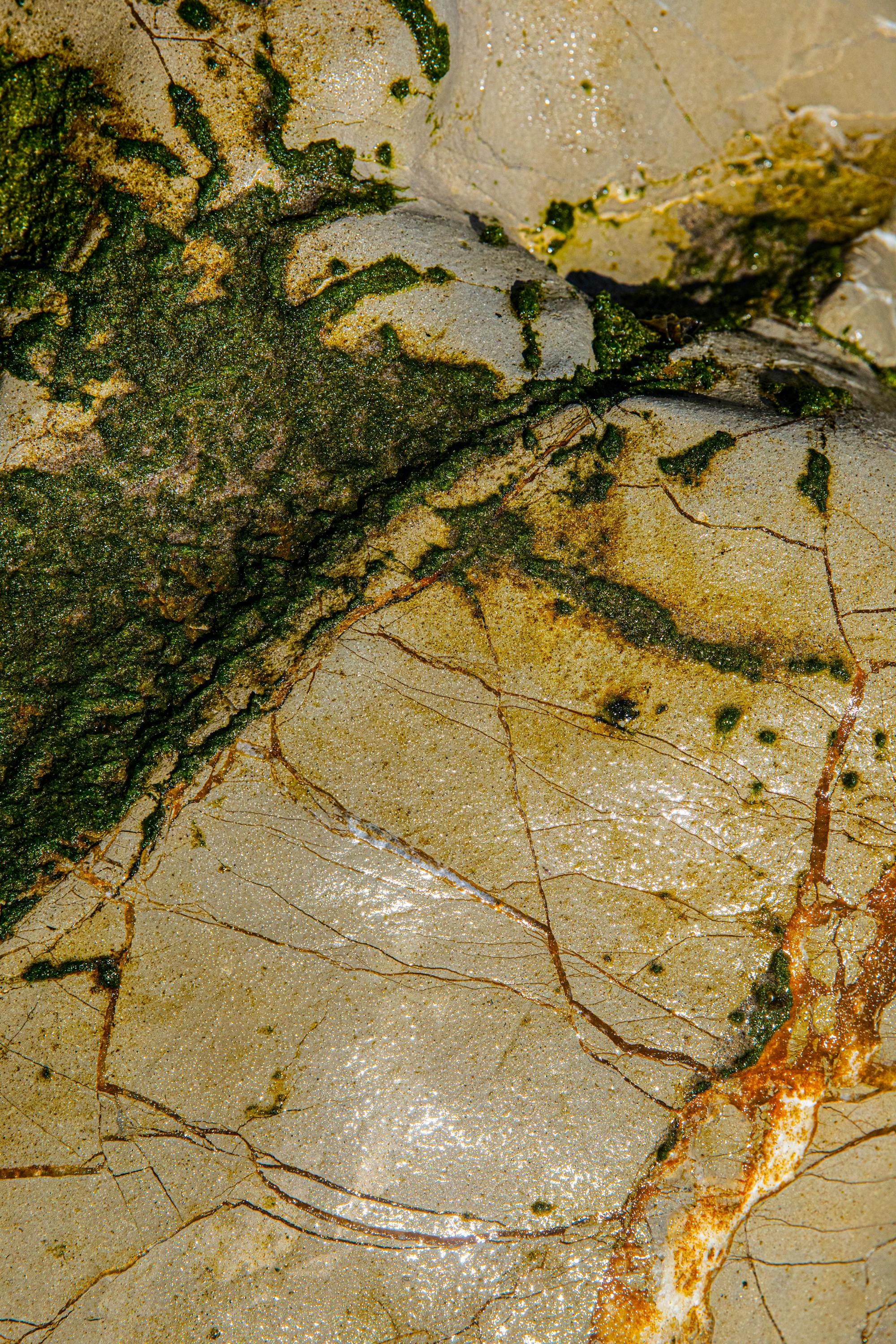Beat the Heat: Essential Tips for Summer Concrete Maintenance

Concrete structures form the backbone of many of our buildings and infrastructure, but they face unique challenges during the summer. Meyer Construction understands the importance of proper concrete maintenance, especially when the summer heat can lead to potential damage if not managed correctly. Ensuring your concrete remains in top condition throughout the hot months requires a proactive and informed approach.
During the summer, high temperatures can significantly affect the integrity and longevity of concrete. The heat causes concrete to expand, and without proper expansion joints, this can lead to cracking. Additionally, the sun can cause the surface of the concrete to dry out too quickly during curing, resulting in a weaker structure. These issues highlight why proactive maintenance is crucial during the hot months. Without attention, small problems can quickly escalate, leading to costly repairs and compromised safety.
One of the most effective ways to maintain concrete during summer is through regular inspections. Frequent checks allow for early detection of cracks, which can be addressed before they become significant problems. Using a crack filler or sealant can prevent water from entering and causing further damage. Also, consider applying a reflective or light-colored sealant to reduce heat absorption, keeping the concrete cooler and reducing the risk of heat-related stress. These preventative measures not only save money but also extend the lifespan of your concrete structures.
Hydration is another critical aspect of concrete maintenance. During hot weather, concrete can lose moisture rapidly, leading to shrinkage and cracks. Keeping the concrete surface moist, especially in the first few days after pouring, can help maintain its integrity. This can be achieved by using wet burlap, plastic sheeting, or curing compounds that help retain moisture. Maintaining moisture levels is crucial during the curing process, as it ensures that the concrete develops maximum strength and durability.
In addition to hydration, protecting concrete from the elements can go a long way. Utilizing shade structures or covers can shield newly poured concrete from direct sunlight, reducing the rapid loss of moisture and preventing premature drying. If possible, scheduling pours during cooler parts of the day, such as early morning or late evening, can also mitigate the effects of extreme heat. These strategies not only protect the concrete but also ensure that the construction process is more efficient and effective.
Preventative maintenance should also include controlling the surrounding environment. Ensure that the drainage around concrete structures is effective. Proper drainage prevents water from pooling around the concrete, which can cause erosion or exacerbate cracks when the water freezes and thaws. Regular cleaning to remove debris, dirt, and other materials that can trap moisture against the concrete is also beneficial. An often-overlooked aspect is the impact of plant growth near concrete structures, as roots can cause significant damage over time.
For concrete surfaces that see a lot of traffic, such as driveways and walkways, consider a protective coating. These coatings can help shield the concrete from the sun’s UV rays and reduce wear and tear from constant use. They also make the surface easier to clean and maintain, further prolonging the life of the concrete. Protective coatings can be tailored to the specific needs of the concrete surface, offering additional benefits like improved slip resistance and enhanced aesthetic appeal.
Another important factor in maintaining concrete during the summer is understanding the material’s thermal properties. Concrete naturally absorbs heat, which can cause it to expand and contract with temperature fluctuations. This can lead to thermal stress, resulting in cracks and structural weaknesses. To combat this, using specialized concrete mixtures designed for high-temperature environments can be beneficial. These mixtures often contain additives that improve the concrete’s thermal stability and reduce the risk of damage.
Incorporating modern technology into concrete maintenance can also yield significant benefits. For instance, employing moisture sensors and temperature monitors can provide real-time data on the condition of your concrete structures. This allows for timely interventions and more precise maintenance actions. Additionally, advances in sealant and coating technologies offer more durable and effective solutions for protecting concrete from summer heat.
In conclusion, summer heat can pose significant challenges to concrete structures, but with proper maintenance, these issues can be managed effectively. Regular inspections, maintaining hydration, protecting from the elements, controlling the surrounding environment, and applying protective coatings are all strategies that can help ensure the longevity and durability of concrete. Meyer Construction emphasizes the importance of these practices to maintain the structural integrity and aesthetic appeal of concrete surfaces during the hot summer months.
As you consider the next steps for maintaining your concrete structures, exploring additional protective measures such as advanced sealants or consulting with a professional for personalized advice could further enhance the resilience of your concrete against summer conditions. By staying proactive and informed, you can beat the heat and keep your concrete in peak condition throughout the summer and beyond.






